Life and work
He studied at the Prussian Academy of Arts with Daniel Chodowiecki. His first large historical work, "Froben's [ de ] Death at the Battle of Fehrbellin", a pastel painting, earned him a prize from the Academy in 1796.
His oil paintings were heavily influenced by the Dutch Masters. His monumental work in that style, "Albrecht Achilles Conquers a Flag Near Nuremberg" (1806), was purchased by the city of Berlin as a present for Princess Louise, when she left on a tour of the Netherlands.
Also notable are an "Ascension of Jesus" for the church at Sanssouci palace, frescoes depicting scenes from the Nibelungenlied at the Marmorpalais, "Otto I Battling the Hungarians", and "Barbarossa's Corpse near Antioch", at the Berlin National Gallery. He was known for his meticulous attention to detail when rendering Medieval costumes.
For the ten decorated windows at Ordensburg Marienburg, he created both the color sketches and the finished kartons; depicting the battles and victories of the Teutonic Order.
From 1815 to 1853 he was a member of the Prussian Academy, was named a Professor in 1830, and was on the Academic Senate in 1846.
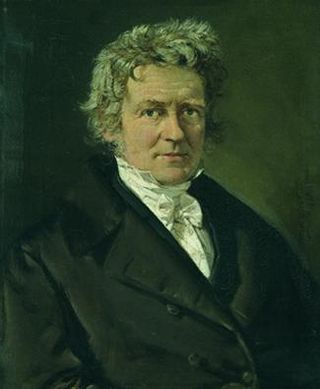
Friedrich Wilhelm Bessel was a German astronomer, mathematician, physicist, and geodesist. He was the first astronomer who determined reliable values for the distance from the sun to another star by the method of parallax. Certain important mathematical functions were named Bessel functions after Bessel's death, though they had originally been discovered by Daniel Bernoulli before being generalised by Bessel.
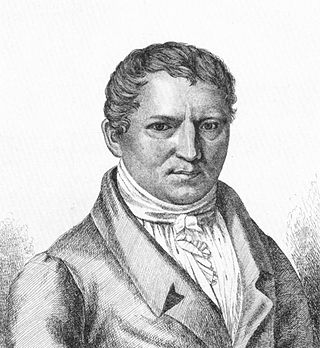
Karl Friedrich Eichhorn was a German jurist.

Carl Joseph Begas, or Karl Begas, was a German painter who played an important role in the transition from Romanticism to Realism. He was the first in a multi-generational "dynasty" of artists.

Karl Friedrich Lessing, also known by Carl Friedrich Lessing, was a German historical and landscape painter, grandnephew of Gotthold Ephraim Lessing and one of the main exponents of the Düsseldorf school of painting.

Carl Röchling was a German painter and illustrator known for his representation of historical military themes.

Adrian Zingg was a Swiss painter.
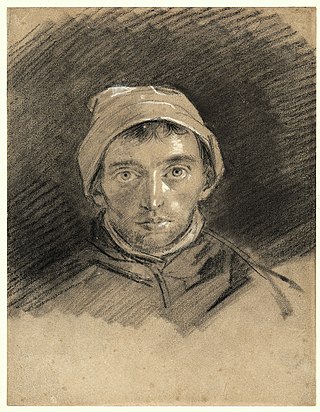
Franz Krüger, known as Pferde-Krüger ("Horse-Krüger"), was a German (Prussian) painter and lithographer. He was best known for his romantic and lively portraits and pictures of horses, which made him the most in demand military and portrait painter in Berlin. His paintings of military parades and hundreds of portraits led to him painting many of the "well to do" of the city.
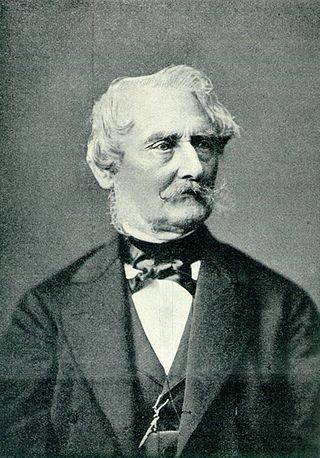
Johann Heinrich Strack was a German architect of the Schinkelschule. His notable works include the Berlin Victory Column.

Ernst Wilhelm Hildebrand was a German painter. Many art websites mistakenly identify him as "Swiss".
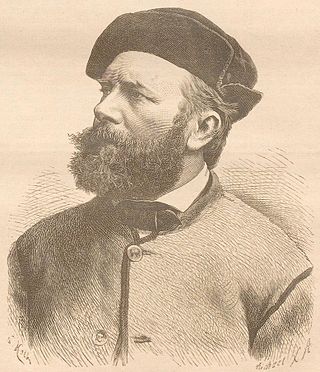
Carl Conrad Albert Wolff was a German sculptor, and medallist.
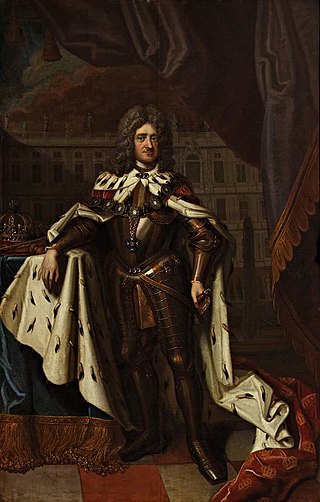
Friedrich Wilhelm Weidemann or Wiedemann was a German painter. From 1702 he worked as court painter to Frederick William I, prince and later king of Prussia. He also produced portraits of several other members of the Prussian royal family
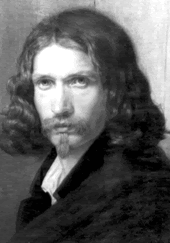
Carl Sieg was a German portrait painter and lithographer.

Carl Kahler, also Karl Kahler, was an Austrian genre and animal painter, particularly known for his paintings of cats.

Georg Karl Koch was a German painter, illustrator and lithographer. Most of his works feature horses; primarily in hunting scenes. Some sources give his year of death as 1931 or 1936.
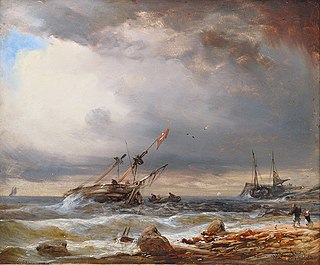
Wilhelm August Leopold Christian Krause was a German landscape and marine painter.
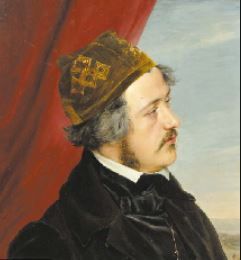
Anton Hermann Stilke was a German painter; associated with the Düsseldorfer Malerschule. He is best known for his scenes from the life of Joan of Arc.

Max Friedrich Koch was a German history painter. Later as professor he taught art at the Unterrichtsanstalt des Kunstgewerbemuseums Berlin ; head of the academic master's studio for monumental painting, theatrical and decorative painting.

Carl Wilhelm Kolbe was a German etcher, graphic artist and author. He was generally referred to as The Elder to distinguish him from his nephew, a painter who was also named Carl Wilhelm Kolbe.

Friedrich Wilhelm Heinrich Martersteig was a German history and genre painter. After 1874, he spelled his name Mardersteig.
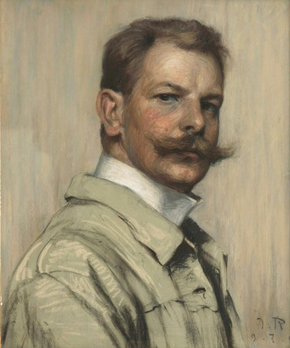
Johannes Rudolphi was a German landscape painter in the Post-Impressionist style.
This page is based on this
Wikipedia article Text is available under the
CC BY-SA 4.0 license; additional terms may apply.
Images, videos and audio are available under their respective licenses.




















